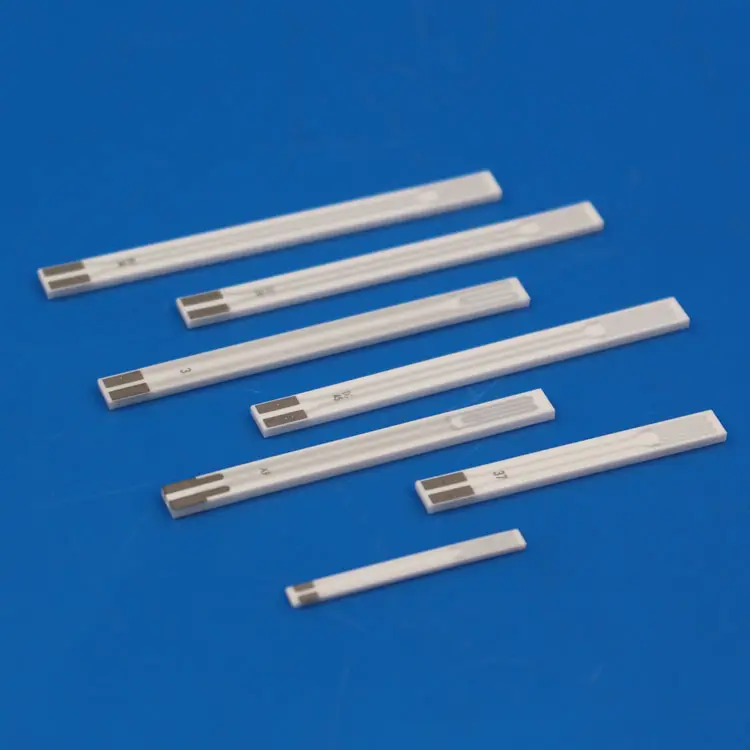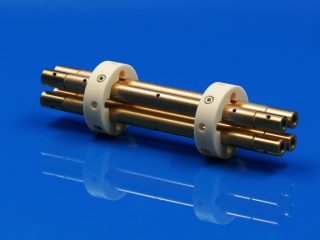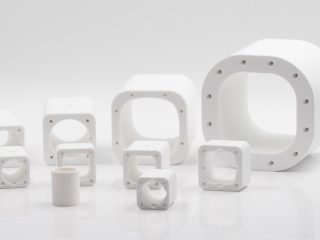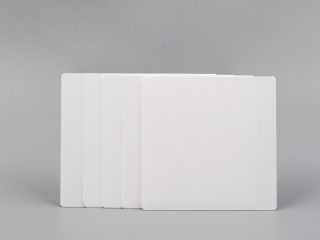In the early 1980s, the multilayer substrate of the circuit board of the commercialized main computer was co-fired at a high temperature of 1600°C with alumina insulating materials and conductor materials (Mo, W, Mo-Mn), that is, high-temperature co-fired. Fired ceramic (HTCC). With the development of high-frequency and high-speed communication, in order to achieve low loss, high speed, and high-density packaging, low-temperature co-fired ceramics (LTCC) came into being.
The process flow of low-temperature co-fired ceramics (LTCC) and high-temperature co-fired ceramics (HTCC) is similar, including tape casting, drilling, filling, lamination, slicing, co-firing, inspection, and other steps. But do you know the difference between them?
The following table is a simple introduction to the difference between LTCC and HTCC, let us see it.
| The main difference between HTCC and LTCC | ||||||
| Name | Ceramic Material | Metallic Material | Co-firing Temperature | Advantage | Weakness | Product/
Application |
| HTCC
(High Temperature co-fired Ceramic) |
(1)Alumina
(2)Alumina Nitride (3)Mullite and etc. |
Tungsten, Molybdenum, Manganese, Molybdenum-Manganese, etc. | 1650°C- 1850°C | (1)Higher mechanical strength
(2)High heat dissipation coefficient (3)Lower material cost (4)Stable chemical properties |
(1)Low conductivity
(2)High production cost |
Product:
(1)heating body (2)Multilayer Ceramic Substrate (3)Ceramic shell, etc.
|
| LTCC
(Low-Temperature Co-fired Ceramic) |
(1)Glass-ceramic materials
(2)Glass + Ceramic Composite Materials (3)Amorphous glass-based materials |
Silver, Gold, Copper, Palladium Silver, etc. | Below 95°C | (1) High conductivity
(2) Low production cost (3) It has a small thermal expansion coefficient and dielectric constant, and the dielectric constant is easy to adjust (4) Excellent high-frequency performance (5) Due to the low sintering temperature, some components can be sealed inside |
(1) Low mechanical strength
(2) Low heat dissipation coefficient (3) High material cost |
Application:
Manufacturing of integrated circuit packaging, multi-chip mold (MCM), micro-electro-mechanical systems (MEMS), inductors, capacitors, transformers, and antennas. |
Hope the above information is helpful for you. And the important note: INNOVACERA’s ceramic heater is belonging HTCC.

Do you know the difference between HTCC and LTCC




 Enquiry
Enquiry